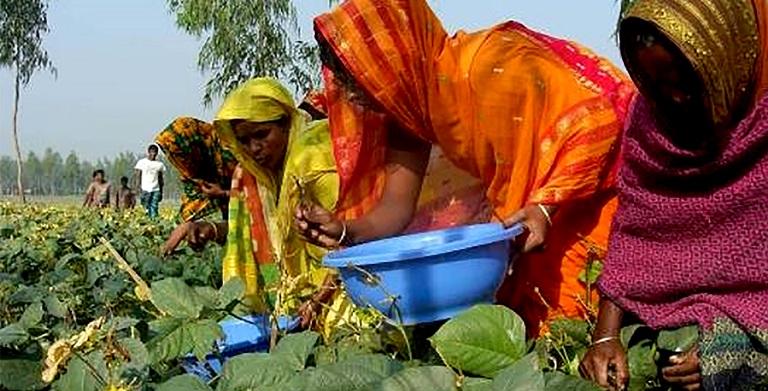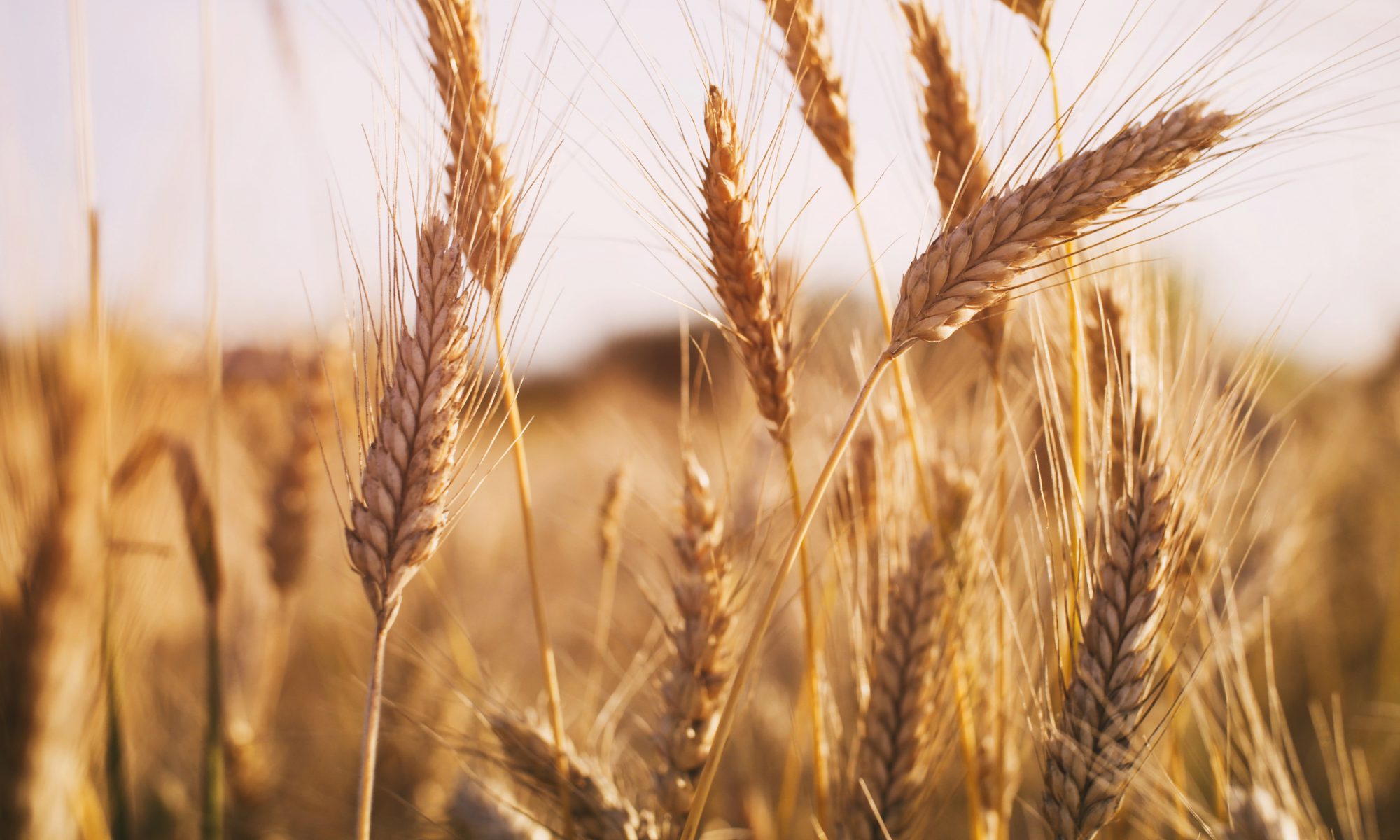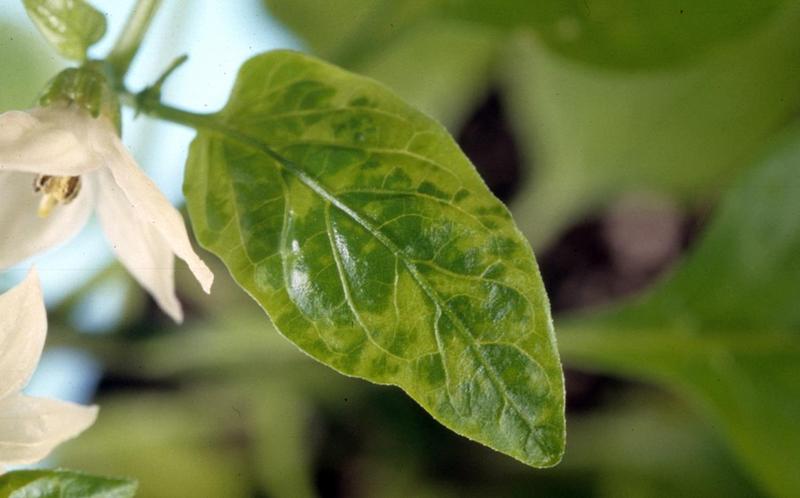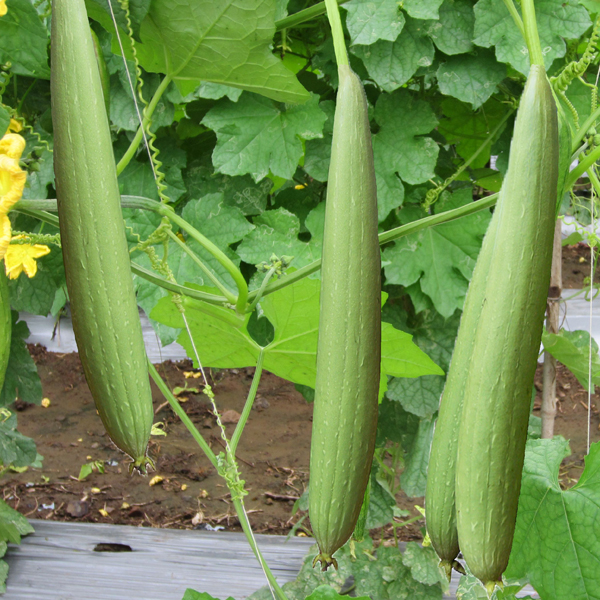- Inter-cropping maintains the diversity and stability of fields.
- It reduces the use of chemical/fertilizer.
- It helps in Weed suppression and reduces the chances of diseases and insect attacks.
- In inter-cropping, Vegetable crops give high production in short duration.
Government signed $80M loan with the world bank to develop agriculture
The Agriculture sector holds a significant contribution to the Indian economy. Which means, improving agriculture will strengthen the economy too. That is why the government has also started focusing more and more on the agriculture sector since the last few years. In the same episode, the Government of Himachal Pradesh signed an $80 million loan agreement with the World Bank to develop the state’s agriculture.
This amount will be spent mainly on improving water management practices and increasing agricultural productivity in various Gram Panchayats of Himachal Pradesh. According to a media report, this project will be executed in 10 districts of the state covering 428 Gram Panchayats. It will benefit around 400,000 smallholder farmers.
This project will be very beneficial for the farmers of Himachal Pradesh, as many of the lowland areas of the state lack sufficient water for irrigation and are chiefly dependent on rainwater. But the constant decrease in the rainfall and climate change is affecting the production of fruits grown in Himachal Pradesh, including its iconic apples. This step could also play a big role in contributing to the central government’s mission of doubling the farmers’ incomes.
ShareHyderabad will host a state-level meet on “Women in Agriculture”
Women play a very important role in agriculture, especially in India. But their contribution is often ignored, not just by society, but by themselves too.
To highlight their contribution to agriculture, a State-level meet is going to be organized at Hyderabad from 6th March. The main purpose of this two-day meet is to examine the problems faced by women in rural India, especially in the agricultural sector. Here experts from several agri-related fields will present their papers. you will also find representatives from various farmers’ unions, academic institutions, and scientists taking part in the discussions.
While talking about this event in a press conference, Aribandi Prasada Rao, Vice-President of the Telangana Rythu Sangham said that “Women play a key role in agriculture and it’s the time we should identify and address the problems faced by them.”
ShareHow to identify downy mildew in pumpkin crop?
The major symptoms of downy mildew in pumpkin crop are as follows-
- Water-soaked lesions are formed on the lower surface of the leaves.
- Lesions appear first on the older leaves and then progress on the younger leaves.
- As the lesions expand, they may remain yellow or become dry and brown.
- Affected vines do not bear fruit properly.
Very Important tips for the storage of wheat crops
- The moisture should not be more than 10-12% in the grain for safe storage.
- After placing the grain in the buffer, the closet or in the room, two tablets of 3 grams of aluminium phosphide should be kept among each tonne of wheat.
Identification of Mosaic Virus in chili –
- The main symptom of this disease is the appearance of dark green and yellow spots on the leaves.
- Another symptom includes the appearance of Light pits and blisters
- Yellowing and distortion of younger leaves, followed by conspicuous mosaic.
- Severe mottling with light and dark green patches get Scattered all over the leaf surface.
- Slight curling, marginal rolling and shortening of leaves are other common symptoms of mosaic virus.
- This disease spreads through whitefly.
Nutrient management during field preparation in sponge gourd and ridge gourd –
- one should apply About 8-10 t/acre of FYM at the time of field preparation.
- 30 kg Urea, 70kg single super phosphate and 35 kg muriate of potash per acre is applied at the time of last ploughing.
- Another 30 kg urea should be top dressed in two split doses, one at 8-10 leaf stage and second at the flowering stage.
Some important crops that can be grown under inter-cropping
| SN | Maincrop | Intercrop | |
| 1. | Soya bean | maize, peagonpea |
|
| 2. | Okra | Coriander, spinach | |
| 3. | Cotton | groundnut, green gram, black gram maize. | |
| 4. | Chilli | radish, carrot. | |
| 5. | Mango | onion, Turmeric |
KISAN Samman Yojana: Following steps have been taken for the ease of application under KCC
- A simple 1-page form is designed to obtain basic data from the bank’s record under PM Kisan Yojna, and only one copy of the land record with details of crop sown would be required for that.
- This form will be available with an ad published in all leading newspapers across India and the same can be cut & filled by the beneficiaries.
- You can also download the form from websites of all Scheduled Commercial Banks, the website of the Department of Agriculture, Cooperation & Farmers Welfare and PM-KISAN.
- Common Service Centres have been given permission to fill up the form & transmit the same to the concerned bank.
Budget 2020 bought good news for the Agriculture sector…
Finance Minister Nirmala Sitaraman, has presented her second union budget today. In this budget, the government had announced various changes for almost all sectors in the nation. While presenting the budget, the Finance Minister has announced 16 major points for farmers and the agricultural sector. The key highlight of these announcements are as follows-
- To boost agricultural exports in both international as well as domestic routes, the government had announced a Krishi Udaan scheme.
- The target for Agricultural credit has also been increased to Rs 15 lakh crore from Rs 12 lakh crore
- Rs 2.83 lakh crore has been allotted for FY21 for Agriculture and irrigation
- Rs 1.23 lakh crore is allotted for Rural Development and Panchayati Raj
- fodder farm and cold storage would be developed under NABARD Refinancing Scheme
- The government had announced to raise fish production to 200 lakh tonnes by 2022-23
- milk processing capacity is targeted to be doubled to 108 MT
- Government proposes measures to improve the situation in 100 water-stressed districts
- Government to set up 20 lakh to benefit farmers
- Separate Kisan Rails will be started in PPP mode for perishable goods
- The government will increase focus on One product for one district model for farmer’s welfare.
- Government to focus on Zero Budget farming
- e-NAM to be integrated with the financing of negotiable warehousing receipts
- Farm markets will be liberalized
- Farmers would be educated for Balanced use of fertilizers in the farmlands
- In a bid to liberalize agricultural markets, the govt plans handhold farmers










